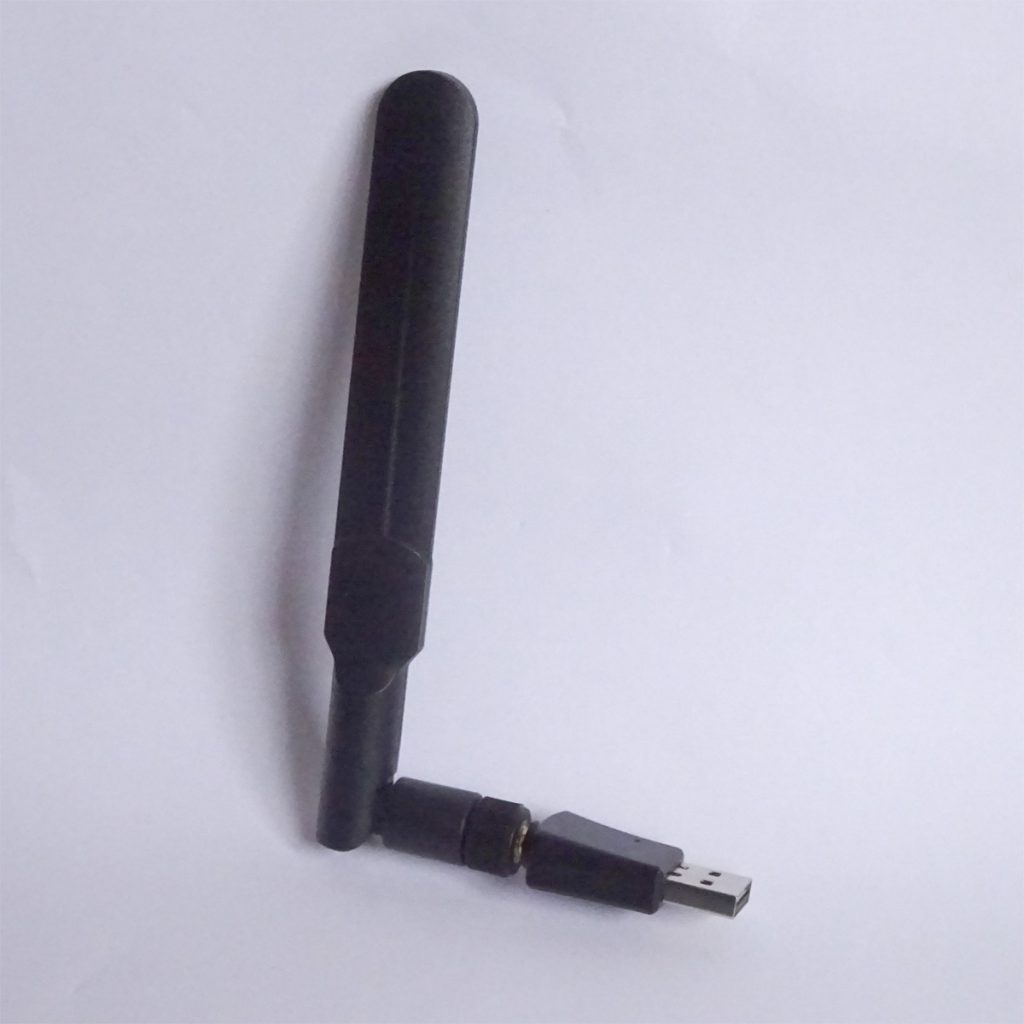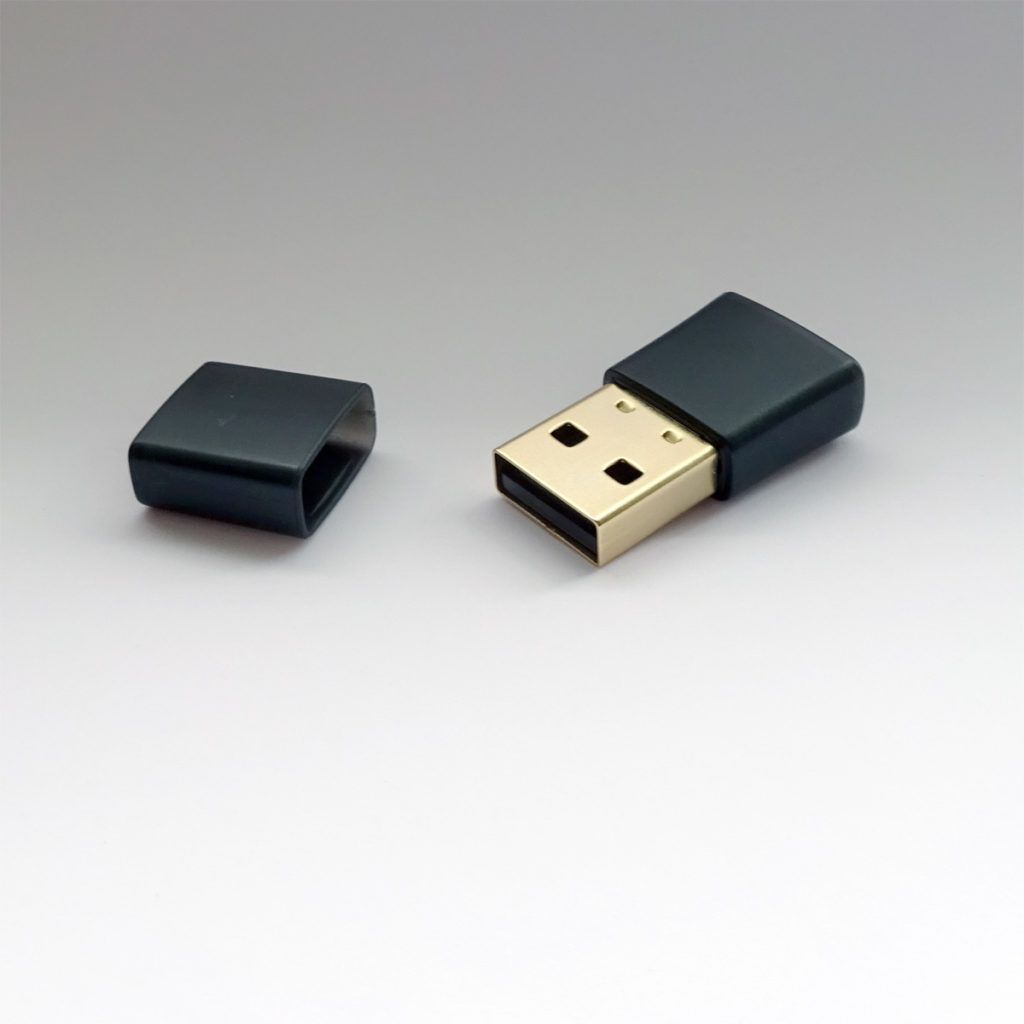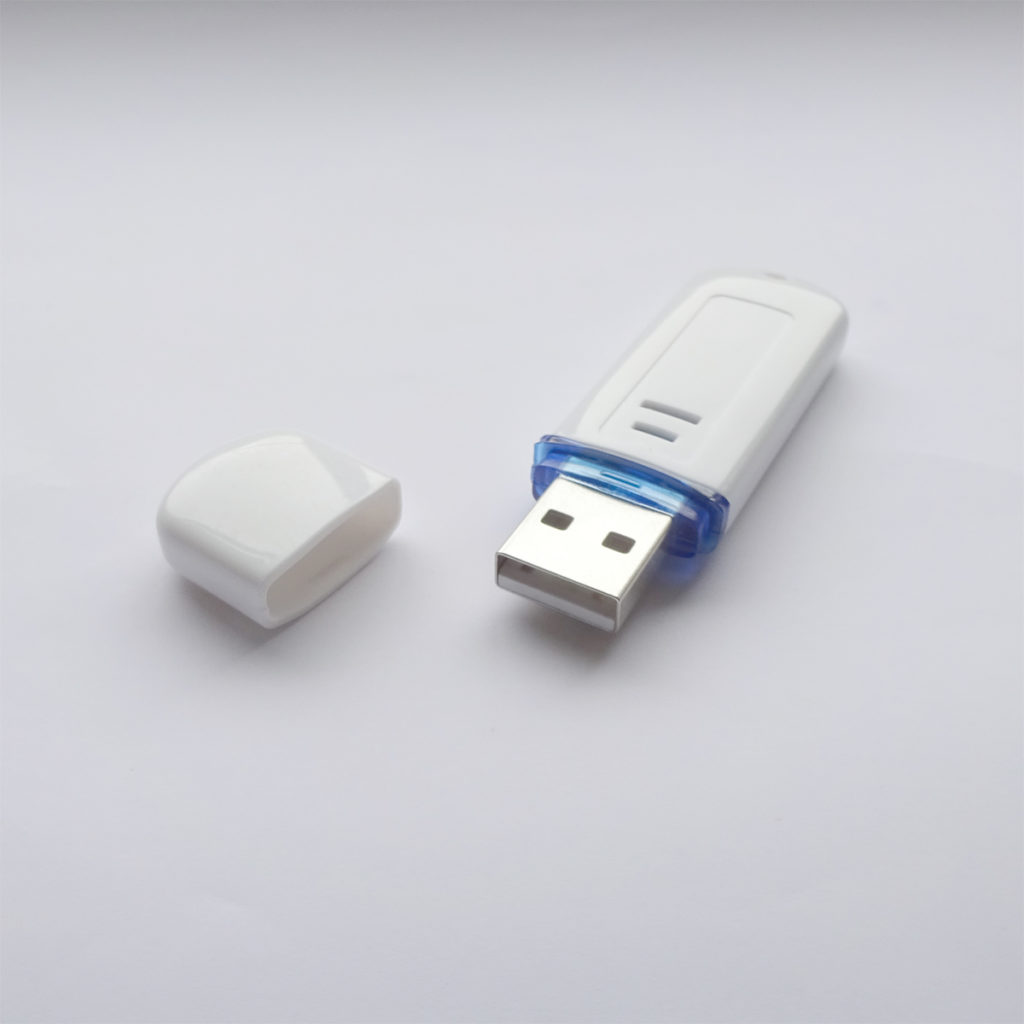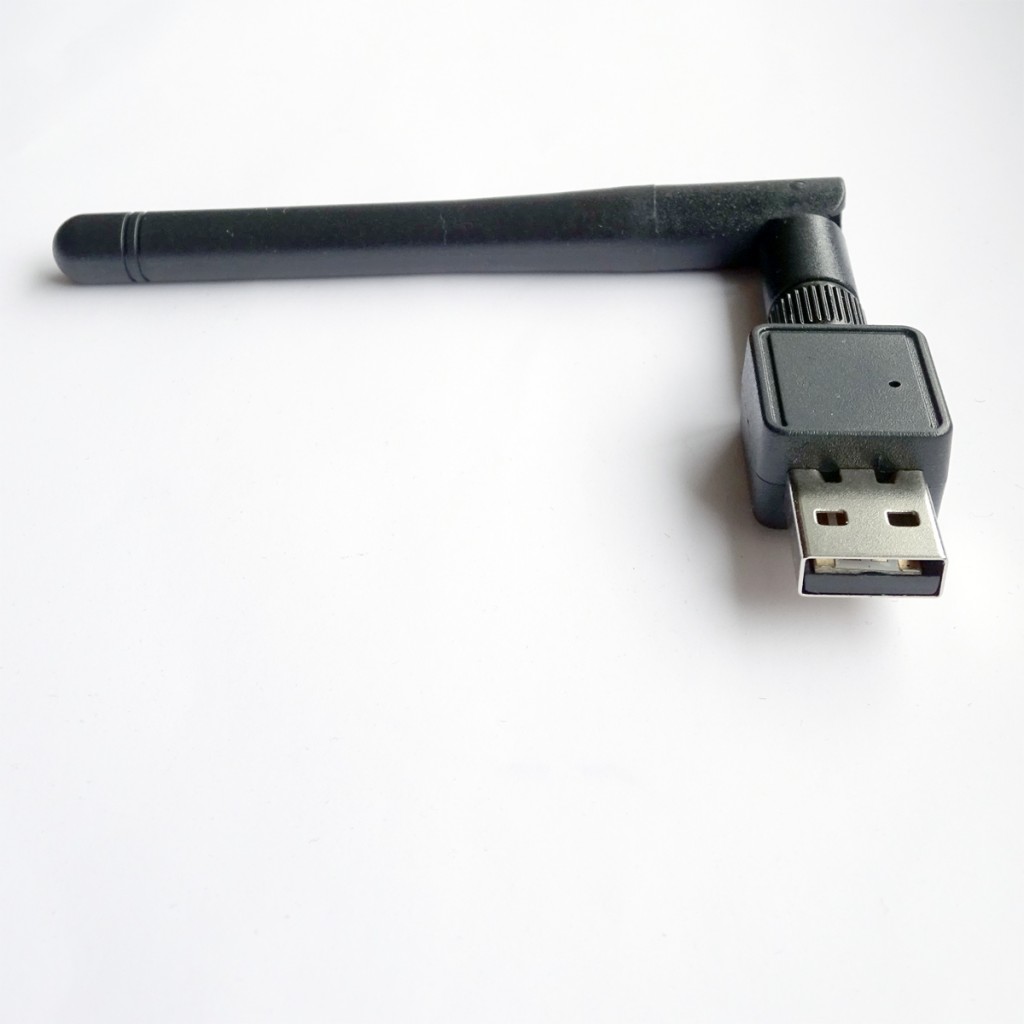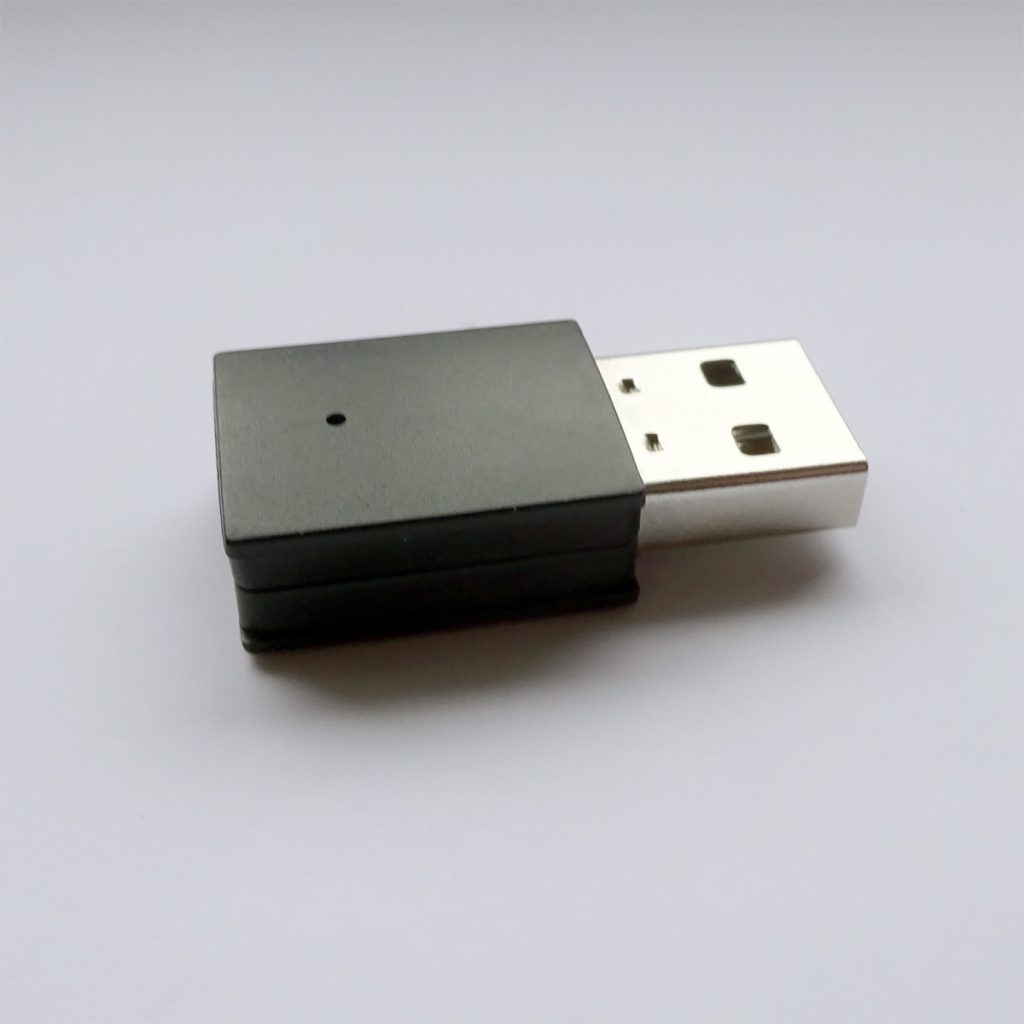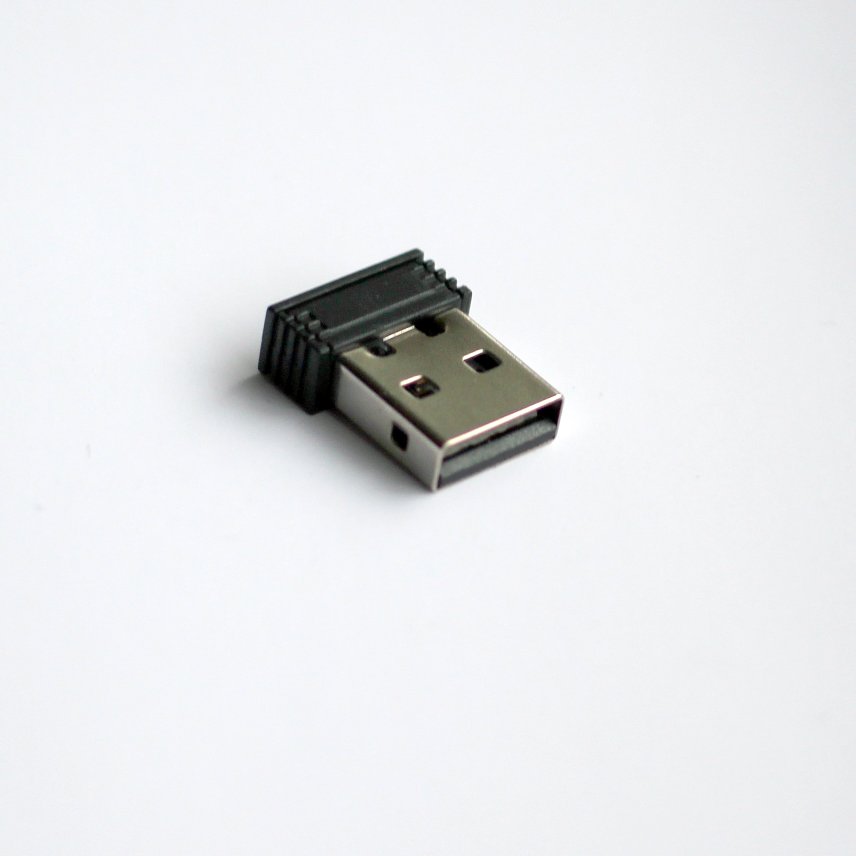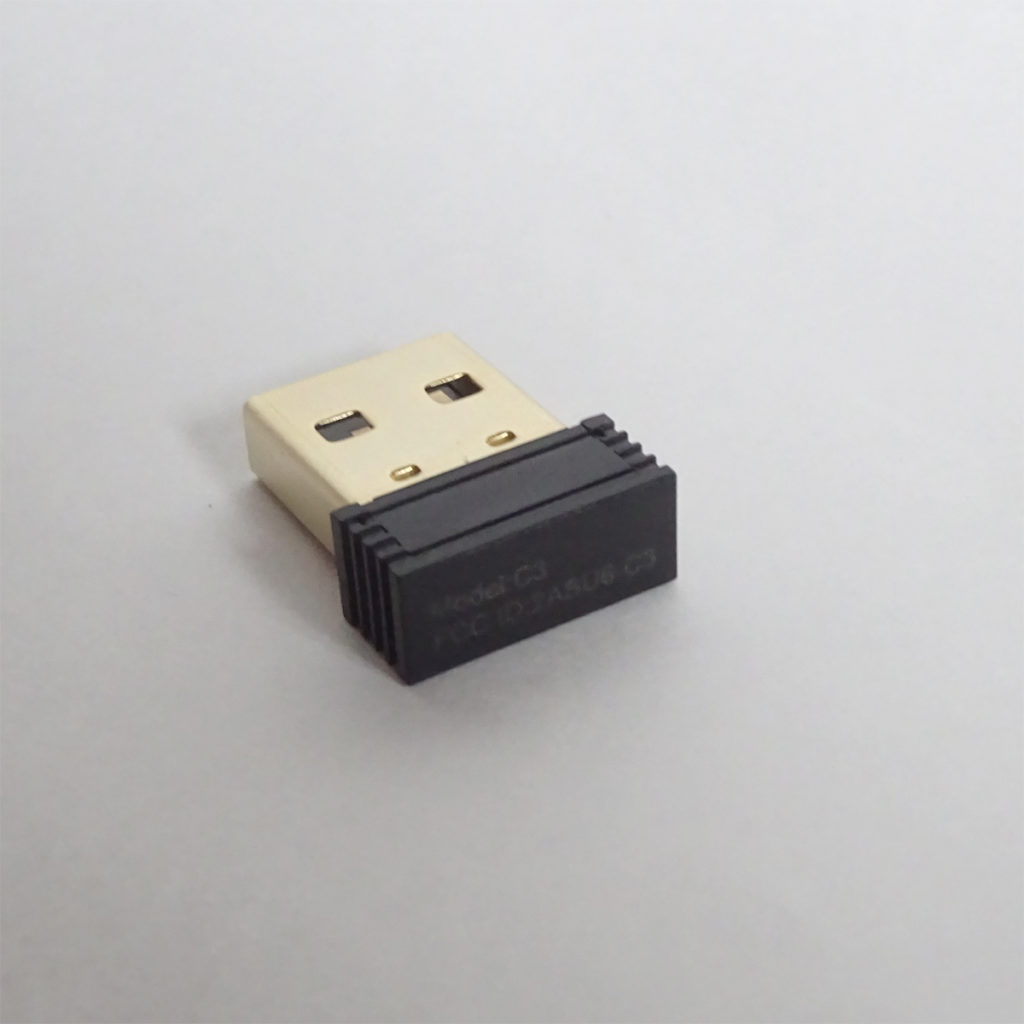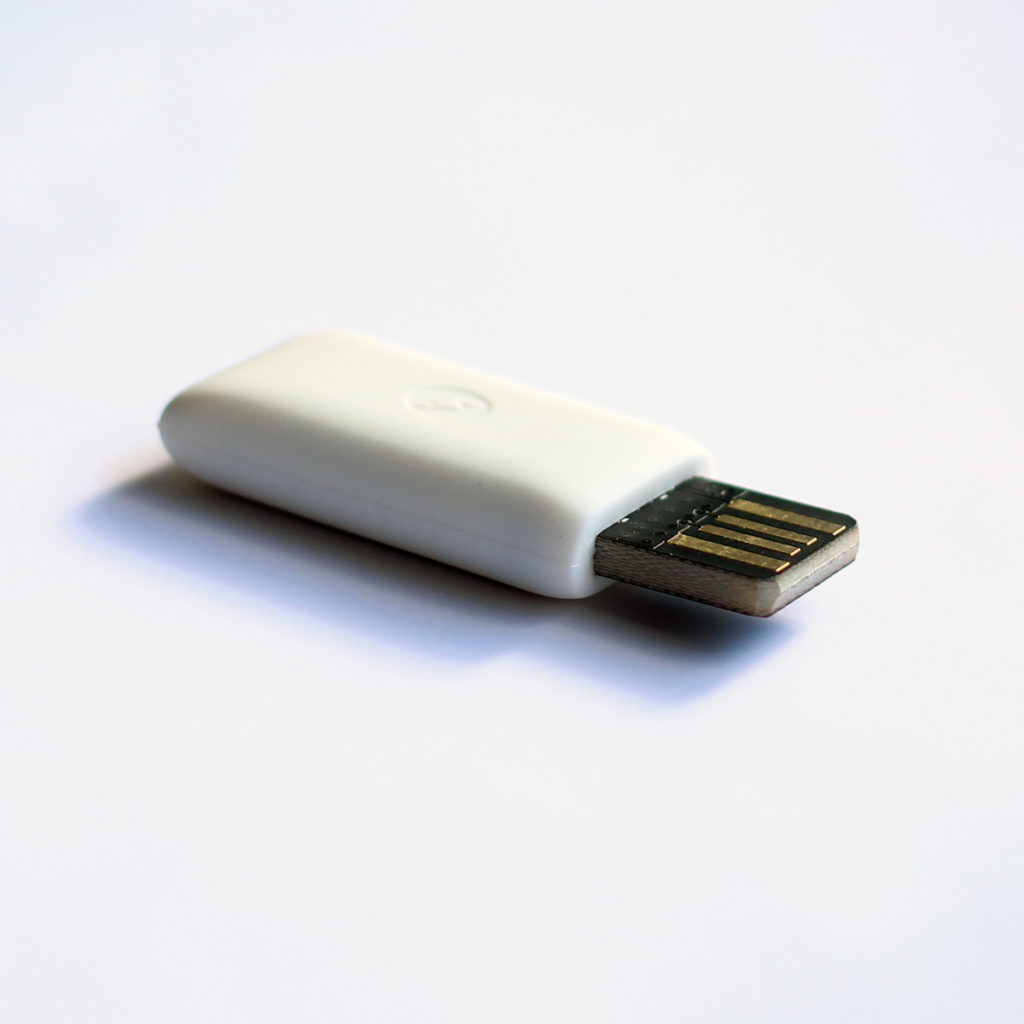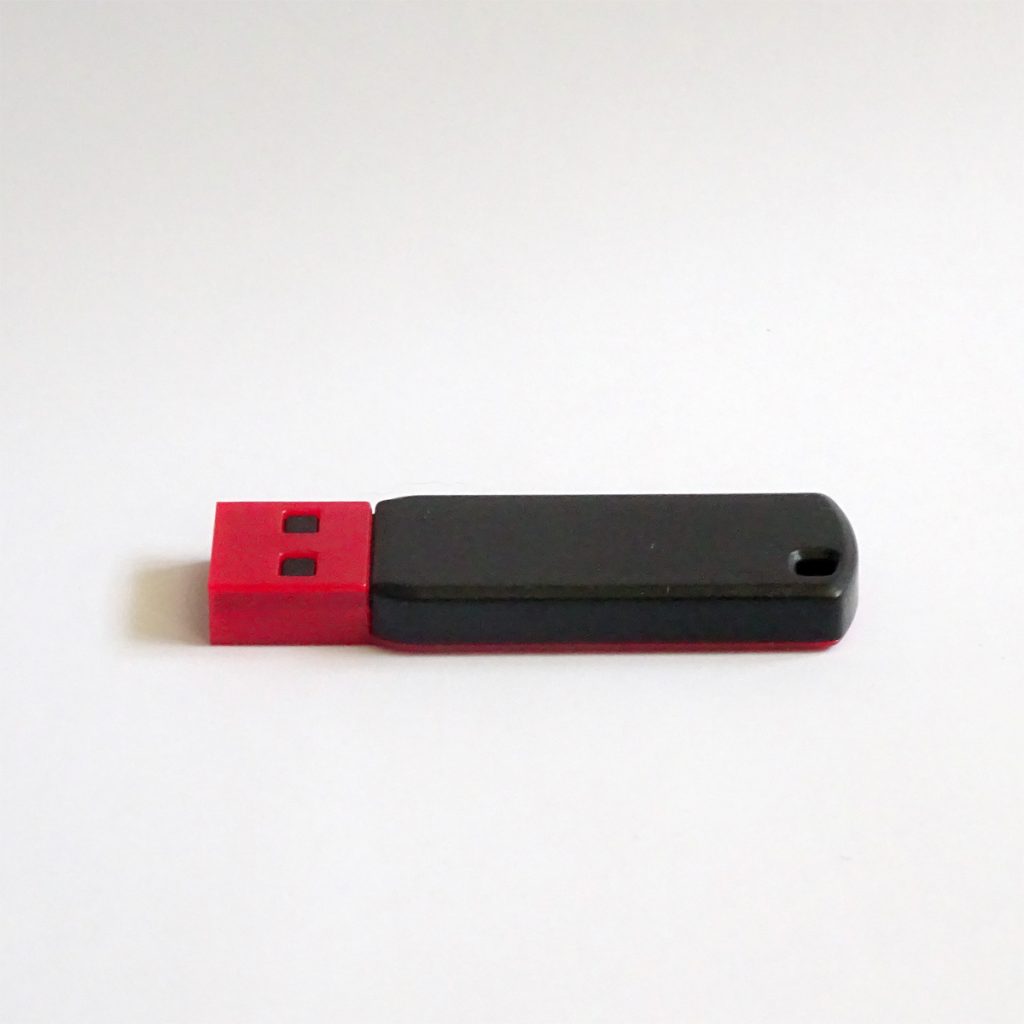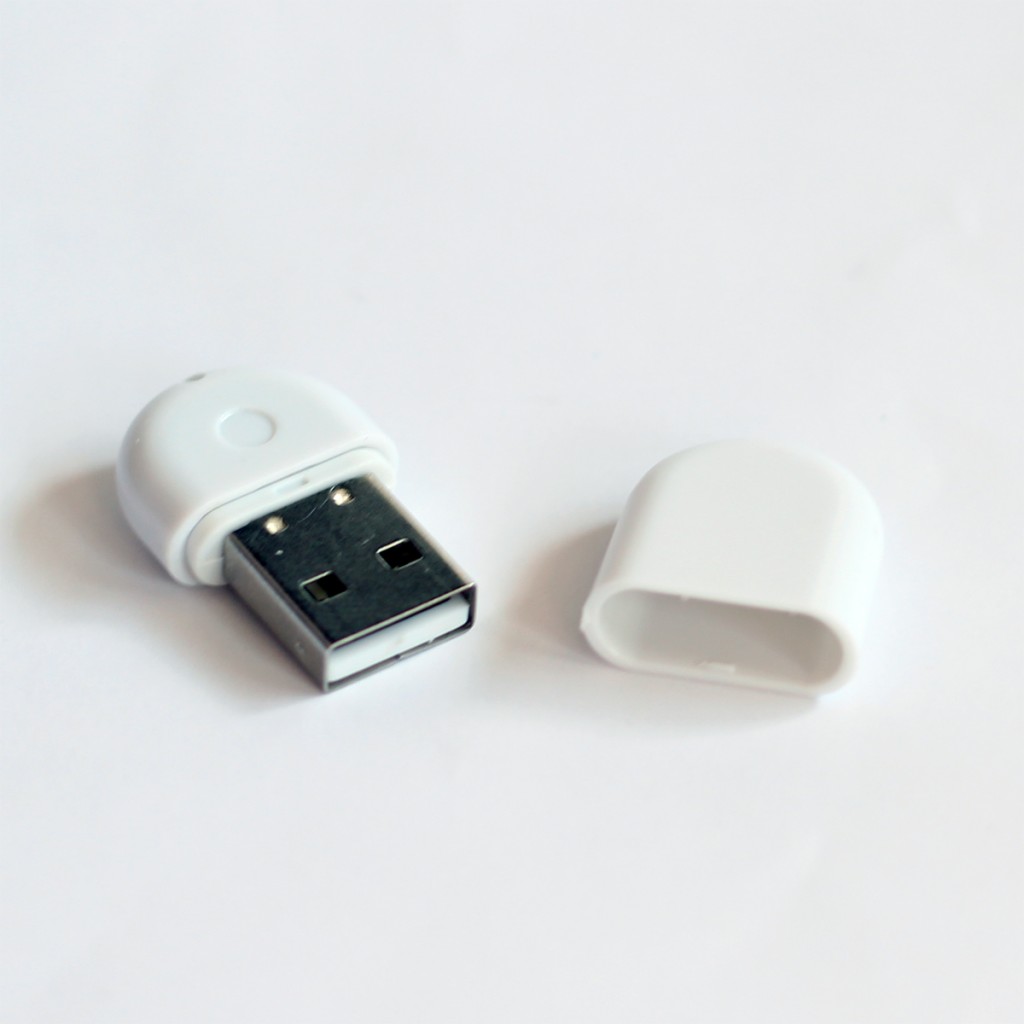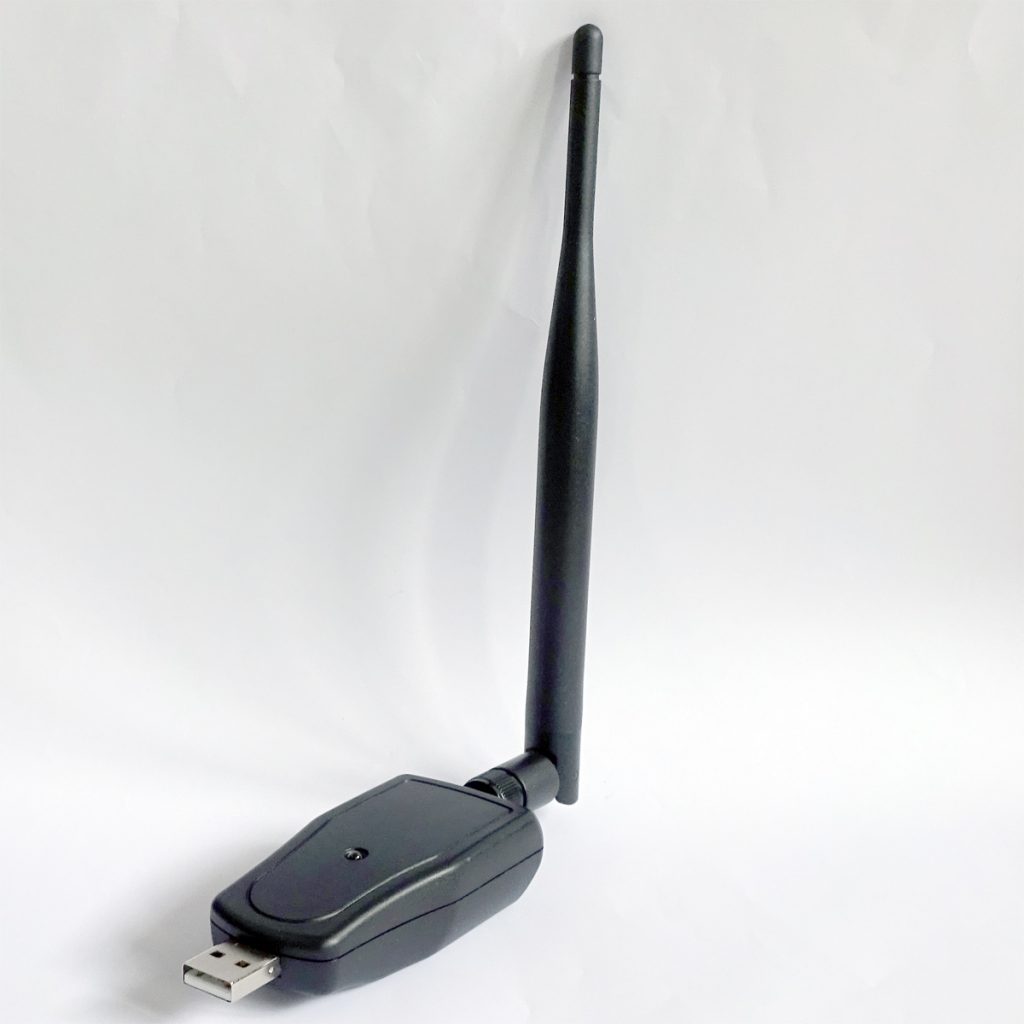The batteries in the beacons we sell can last from months up to 7+ years depending on the beacon, battery size and type.
While the latest power efficient SoC beacons can make more of the available battery power you might want to consider not using batteries at all so as to ease maintenance.
USB-powered beacons can operate from any USB socket, allowing them to be connected to devices like desktops or used with affordable plug-in mains USB power supplies costing just a few pounds, dollars, or euros. However, placing the antenna in close proximity to the desktop or power supply can limit the range and block the spread of the Bluetooth radio signal. To address this issue, some USB beacons are designed with external dipole antennas.
The Bluetooth (Class 1) standard has a maximum output power of 20dBm. (Read our article for explanation of power). Many beacons don’t use this maximum as it would quickly flatten the battery. Most only allow up to +4dBm, +6dBm or +8dBm. In most cases battery beacons are set to operate at 0dBm. An advantage of USB powered beacons is that they can emit more power than is practical with a battery. For example, the the FSC-BP109 up to 4000m.
